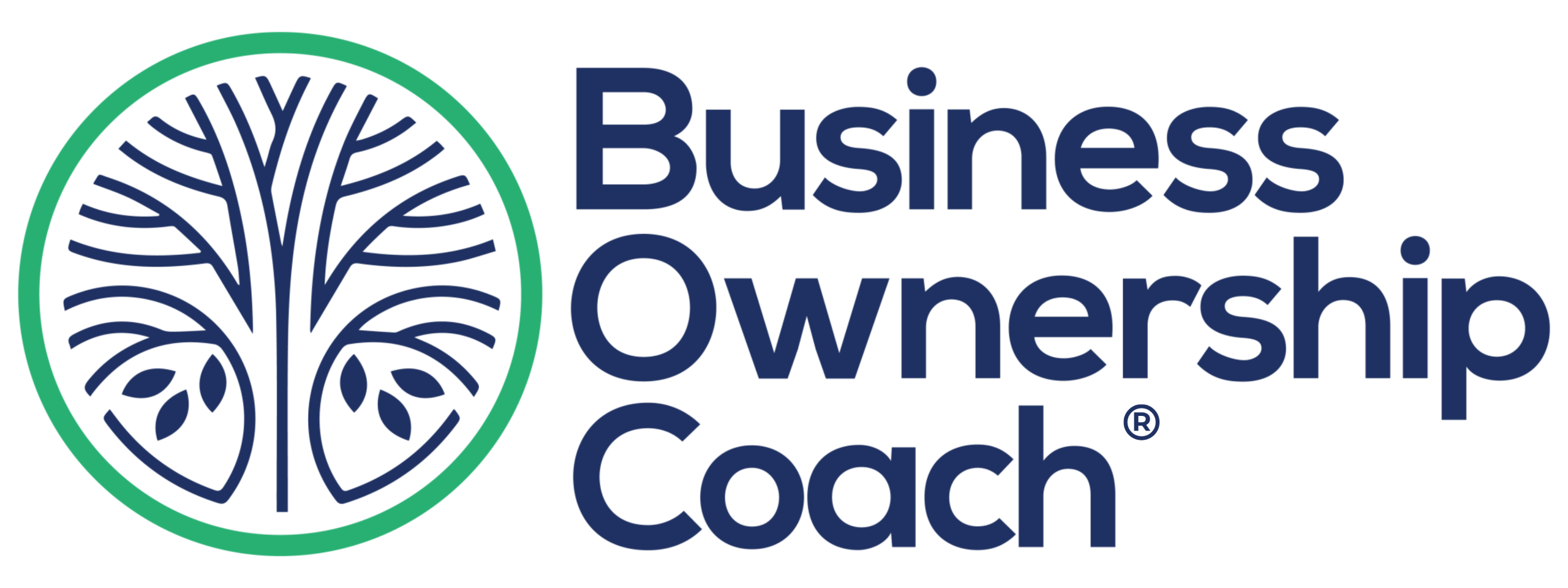Business Ownership Coach | Investor Financing Podcast readers — I’m Jordan Berry, and I gave up surf time in Hawaii to walk you through why laundromats make such compelling small business investments. In this post I break down the exact, repeatable process I use to evaluate laundromats, what to watch for in leases and equipment, and how you can target a 20%+ unleveraged return (even higher once you finance with an SBA loan). This article was inspired by the original conversation hosted by Beau Eckstein, and it’s written in a direct, practical style so you can start running numbers on deals today.
Why Laundromats? The Case for a Time-Flexible Business
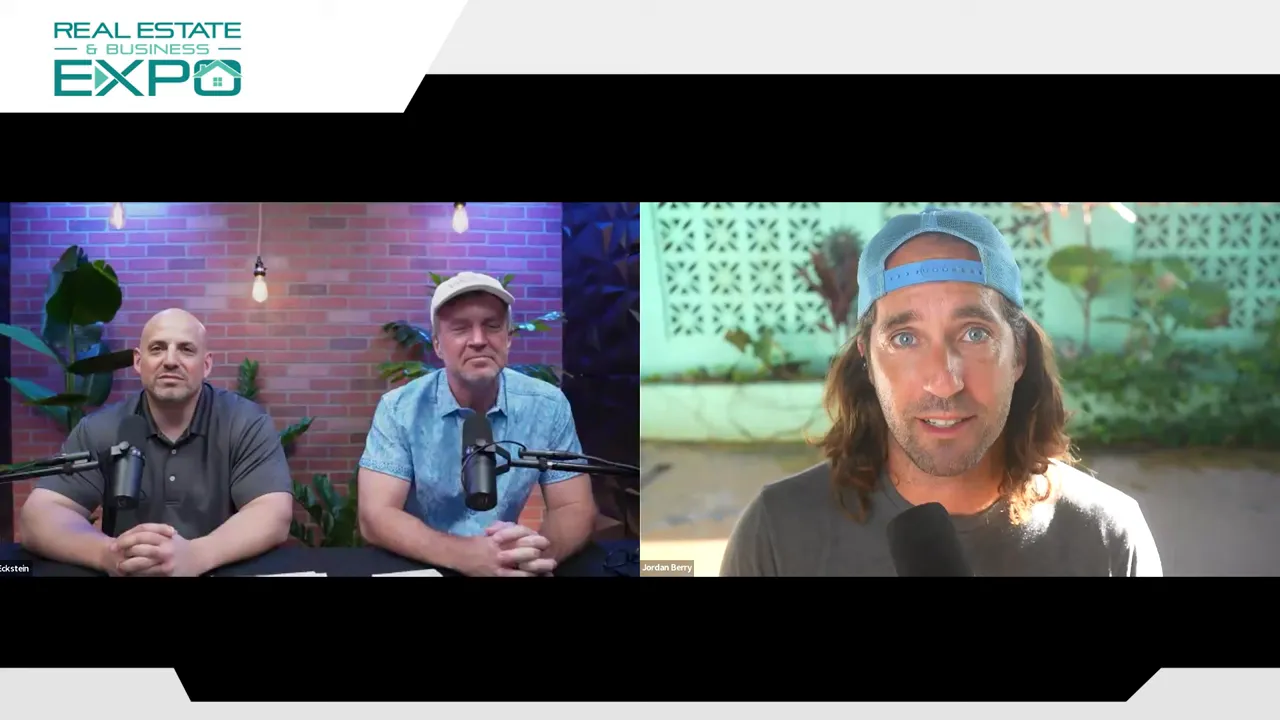
Laundromats sit in a unique spot between passive investment and active small business ownership. I call them time‑flexible or time‑independent — your earnings are not tightly coupled to hours worked. You can operate semi-absentee, hire an attendant, and still collect consistent cash flow. Over the last decade I’ve watched laundromats transform lives: with one or two locations, most Americans can replace a 9–5 income.
Why? Because laundromats are cash-flow businesses with predictable demand. They’re not flash businesses that require constant reinvention. They don’t scale linearly with your time. And critically, established laundromats are valued in a way that makes good returns straightforward to forecast.
The Four Numbers That Determine Value
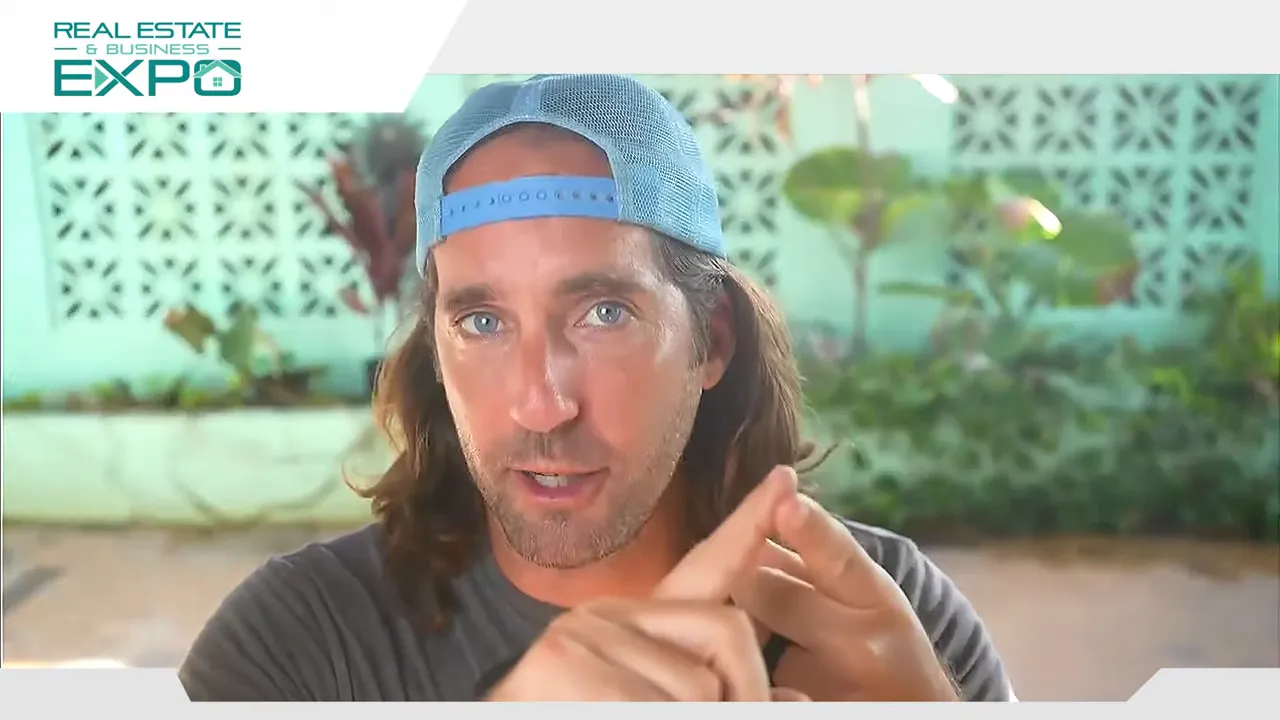
When I first evaluate a listing I only need four numbers to get a preliminary valuation. That’s it. If you can pull these quickly from a broker or seller, you can run a fast, high‑quality triage on whether the deal is worth digging into.
- Net Operating Income (NOI)
- Average age and condition of the washing/drying equipment
- Rent amount (and whether there are CAM or NNN expenses)
- Years remaining on the lease (and available options)
With the NOI and the other three variables, you can estimate a market value using a multiple. Let’s unpack each input and how it affects the final multiple and price.
Multiples and Expected Returns
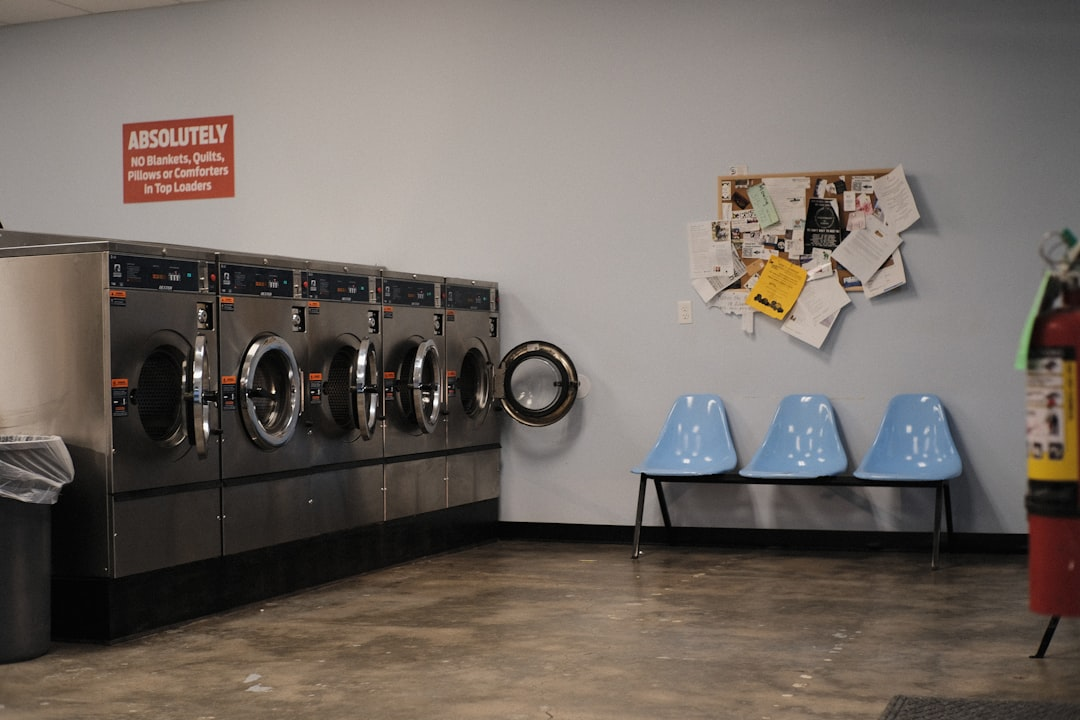
Photo by Jackson Wilson on Unsplash
Laundromats are generally valued on a multiple of Net Operating Income. Historically the multiple ranged from 3x–5x NOI, but with increased interest in the niche, I’m seeing market averages closer to 4.5x–5.5x NOI today.
Why does this matter? A 5x multiple on NOI equates to a 20% unleveraged return on investment — a very attractive base case. If you add leverage (SBA loans commonly allow 80–90% loan-to-value), your cash-on-cash return can rise substantially.
How to use it: determine NOI, pick the multiple based on quality inputs (equipment, rent ratio, lease length), and multiply. Example: a laundromat with $100,000 NOI and a 5x multiple suggests a valuation around $500,000.
Photo by Giorgio Tomassetti on Unsplash
Equipment: Age, Condition, and Replacement Risk
Equipment age and condition is the first of the three inputs that move the multiple. Newer, commercial-grade machines (0–5 years old) are a big plus: they reduce downtime, draw customers, and carry less immediate capex risk. That typically pushes you to the higher end of the multiple range (around 5x–5.5x today).
By contrast, machines in the 10–15+ year range lower buyer confidence and increase capital requirements for the next 1–3 years. That downward pressure might place a deal in the 4x–4.5x multiple band. Always inspect service records, parts availability, and whether the seller has pricing power to pass through upgrades.
The Rent-to-Gross Ratio — The Magic 25% Rule
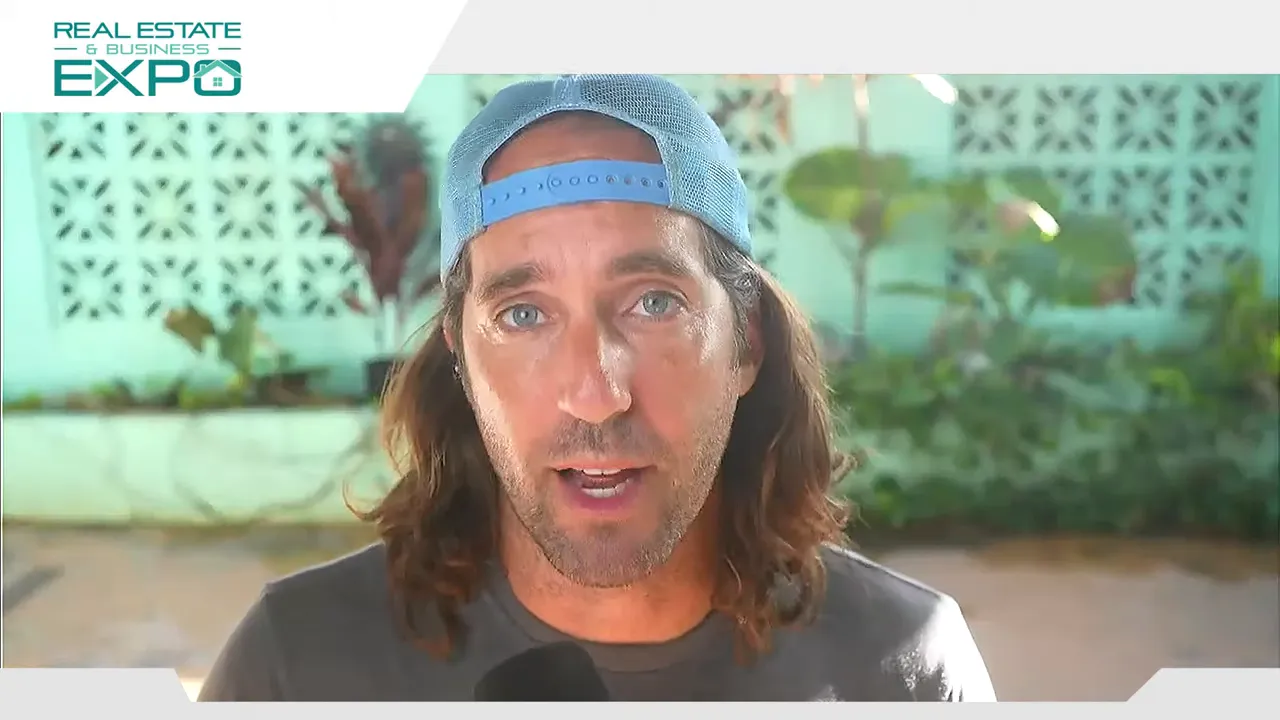
Rent is the second critical lease-related input. I evaluate rent as a percentage of gross monthly income. The benchmark to remember is ~25% — that’s a healthy target. If rent sits at or below 25% of gross revenue, the laundromat is likely to command a top multiple (5x–5.5x).
How to compute: if gross revenue is $10,000/month and rent is $2,500/month, rent = 25% of gross. If rent climbs above 25%, the multiple starts to compress. Once the ratio reaches ~35%+, you begin to see deals that are much harder to cash flow unless you have a specific plan to increase revenues or reduce rent.
Remember to include CAM (common area maintenance) and any NNN items when calculating total occupancy cost. Many listings quote base rent but leave out CAM or triple net expenses that materially affect NOI.
Lease Length and Options: Why Time on the Lease Matters
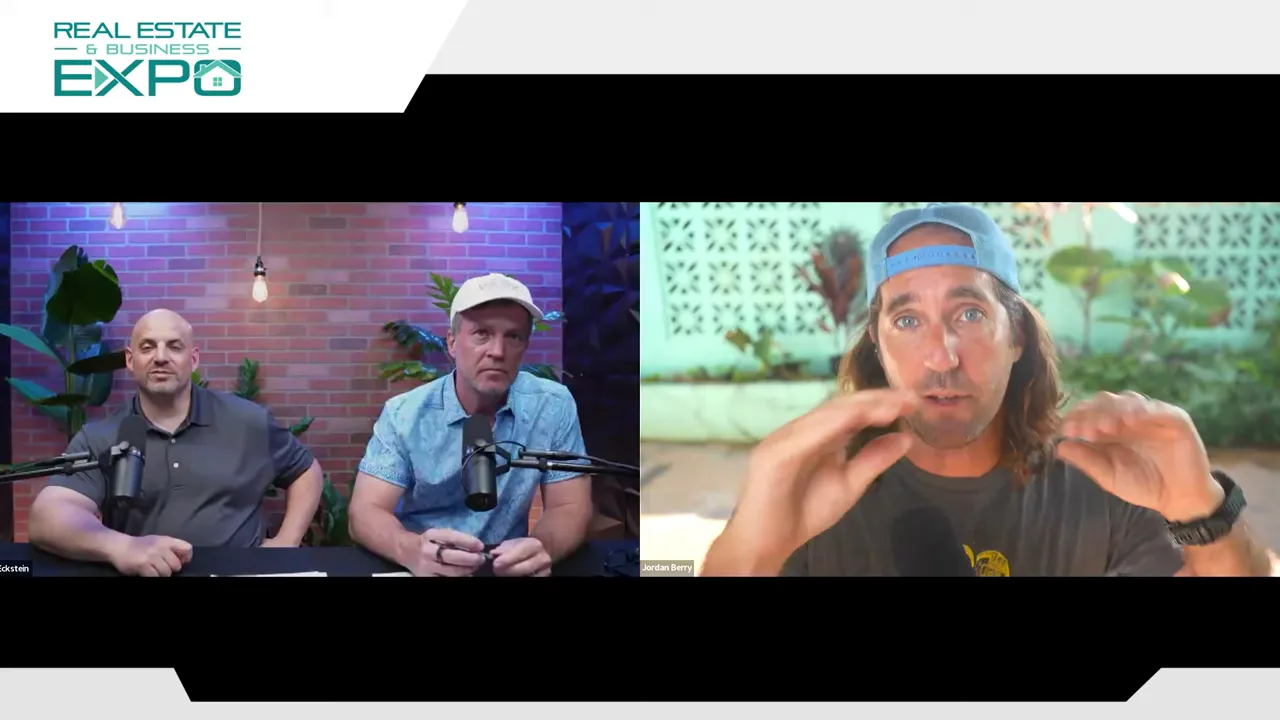
The number of years remaining on the lease is the third lease-related determinant. For laundromats, long, secure leases are gold. These businesses are expensive and complex to relocate — built-in plumbing, vents, electrical. If a landlord chooses not to renew or dramatically raises rent, your cash flow and equity both take a hit.
Guidelines I use:
- Anything under 10 years remaining makes me uncomfortable. Make offers contingent on securing more lease term.
- Seek to add multiple 5‑year options. A 7‑year remaining lease plus two 5‑year options effectively becomes a 17‑year runway.
- Ideal structure: a 10‑year initial lease plus two or three 5‑year options (20+ years total).
Finance partners and SBA lenders often require adequate lease terms to align with loan terms, so negotiating lease length isn’t just for peace of mind — it’s often necessary for funding.
Practical Valuation: Step-by-Step Example
Photo by Jackson Wilson on Unsplash
Here’s the simple process I use to get to a preliminary price in under 20 minutes:
- Obtain the seller’s profit & loss and confirm Net Operating Income (NOI).
- Inspect equipment age and condition; assign equipment score (High, Medium, Low).
- Calculate rent as percent of gross monthly revenue (include CAM/NNN where applicable).
- Check years remaining on lease and available renewal/options.
- Pick a multiple (today: 4.5x–5.5x) based on the three qualitative inputs:
- New equipment, rent ≤25%, long lease → 5.0–5.5x
- Old equipment, rent 25–35%, short lease → 4.0–4.5x
- Multiply NOI × chosen multiple = estimated market value.
Example: NOI = $120,000/year. Equipment new, rent = 20% of gross, lease long → choose 5x. Estimated value = $600,000.
Lease Nuances: CAMs and Triple Net Leases
Don’t get blindsided by lease structures. Base rent is only part of the story. A CAM (common area maintenance) charge or a triple net (NNN) lease can add property maintenance, taxes, and insurance on top of base rent. When you do your math, always add these occupancy expenses to rent to understand true cost.
Ask the seller for a full lease with all addendums, CAM reconciliations, and historical utility bills. That’s the only way to forecast NOI reliably.
What to Avoid and Negotiation Tips
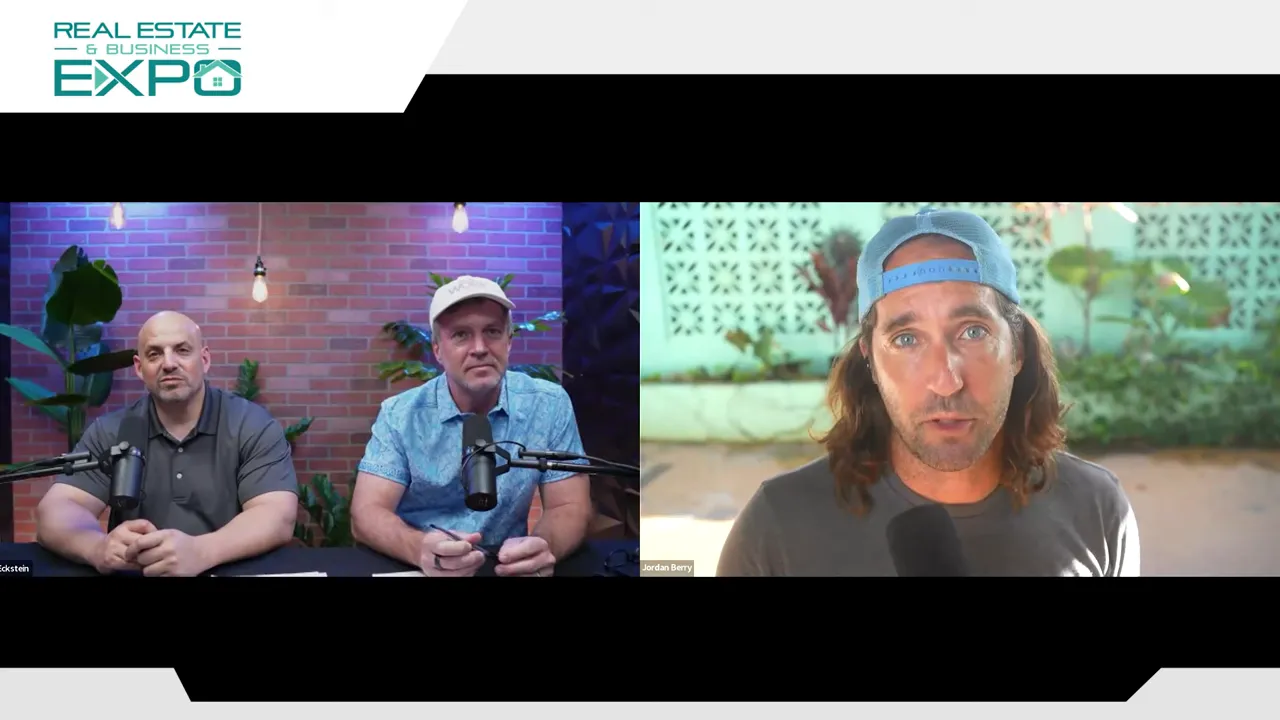
Common pitfalls I see:
- Buying with under 10 years of lease term without a plan to secure extensions.
- Ignoring CAM/NNN costs and underestimating occupancy expenses.
- Overpaying for locations with very old equipment without budgeting immediate capex.
- Failing to stress-test rent‑to‑gross ratios in down and up cycles.
Negotiation tips:
- Make offers contingent on adding lease options if term is short.
- Push for a cap on CAM increases or clear historical CAM reconciliations.
- Request service records for machines and get a machine tech to estimate remaining useful life.
- Leverage SBA financing: lenders like stability of long leases — that gives you negotiating power.
Financing and the SBA Advantage
Photo by Jackson Wilson on Unsplash
One of the game-changers in laundromat deals is SBA financing. Because laundromats can demonstrate stable cash flow and long-term leases, SBA loans often provide the leverage that turns a solid unleveraged return into an outstanding cash-on-cash return.
Typical structure allows 80–90% financing depending on the situation. That means your initial capital requirement is small relative to the business value, but your returns can be amplified. Keep in mind lenders will scrutinize lease term, NOI sustainability, and equipment condition — the same items we prioritize when setting the multiple.
Conclusion: Start Running the Four-Number Test
Photo by Jackson Wilson on Unsplash
To recap: you can evaluate most laundromat listings quickly by pulling four numbers — NOI, equipment age/condition, rent (and CAM/NNN), and years remaining on the lease. Apply a multiple from today’s market (roughly 4.5x–5.5x NOI depending on those inputs) and you’ve got a solid preliminary valuation. Remember the 25% rent-to-gross rule, and aim for long leases with renewal options. With decent equipment and a secure lease, a laundromat can deliver a predictable, time‑flexible income that often replaces a 9–5.
If you’d like to dive deeper into a specific listing, run numbers together, or explore financing, the best next steps are to pull the P&L, lease, and equipment list and use the step‑by‑step valuation above. For listeners and readers of Business Ownership Coach | Investor Financing Podcast, laundromats represent one of the clearest paths to semi-absentee ownership with attractive returns.
Business Ownership Coach | Investor Financing Podcast — if you found this breakdown useful, watch the full interview with Beau Eckstein to hear the original conversation and ask questions in the comments. Business Ownership Coach | Investor Financing Podcast will continue to bring guests who specialize in actionable, buyable small-business investments.
